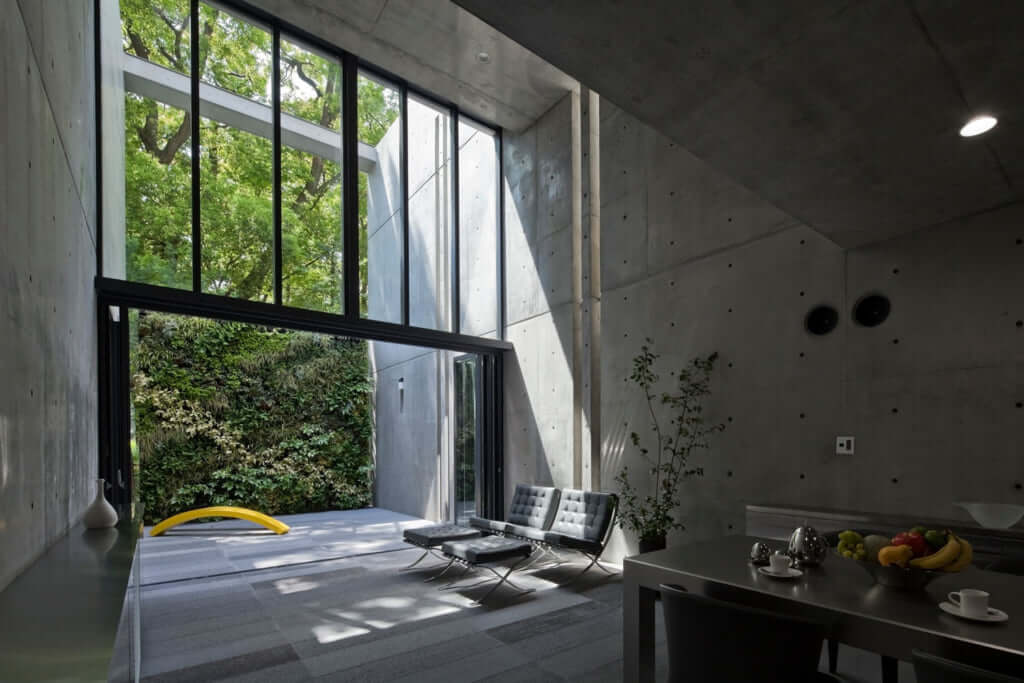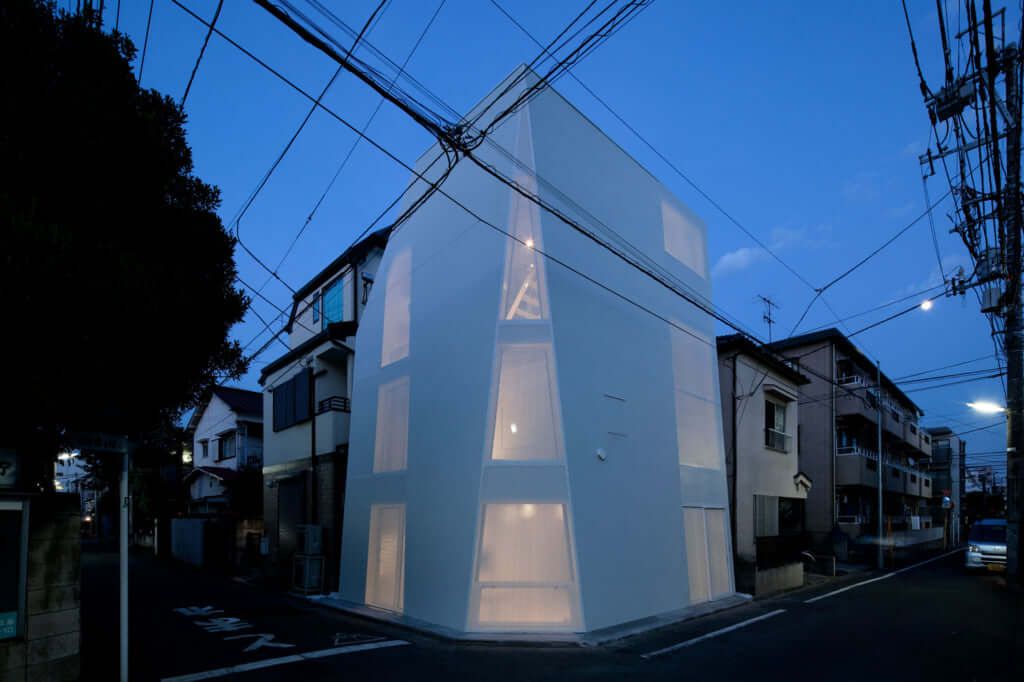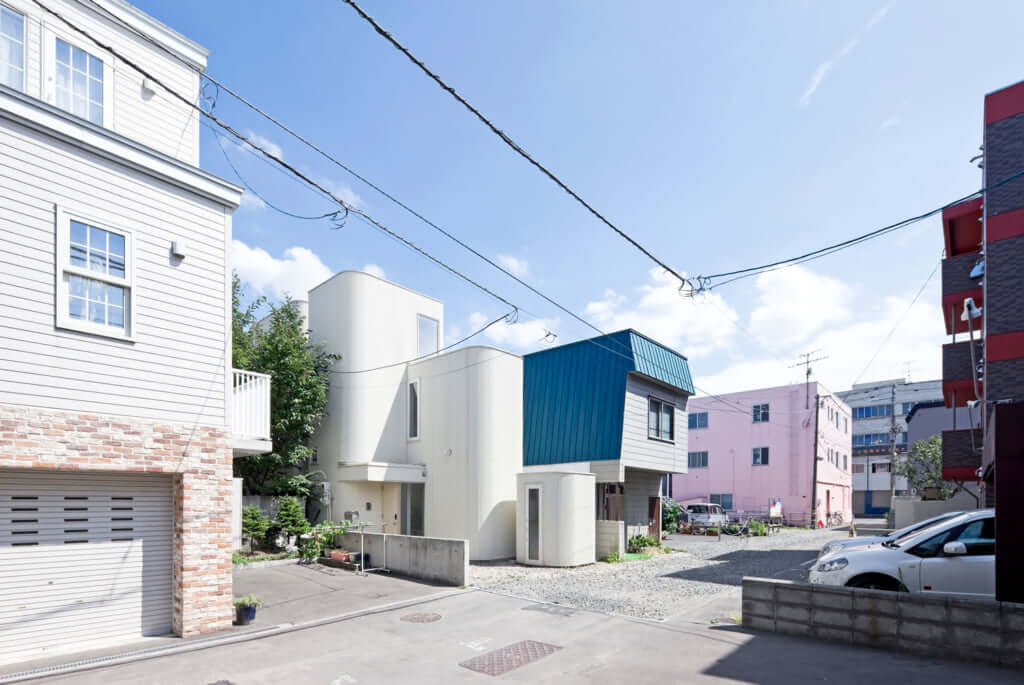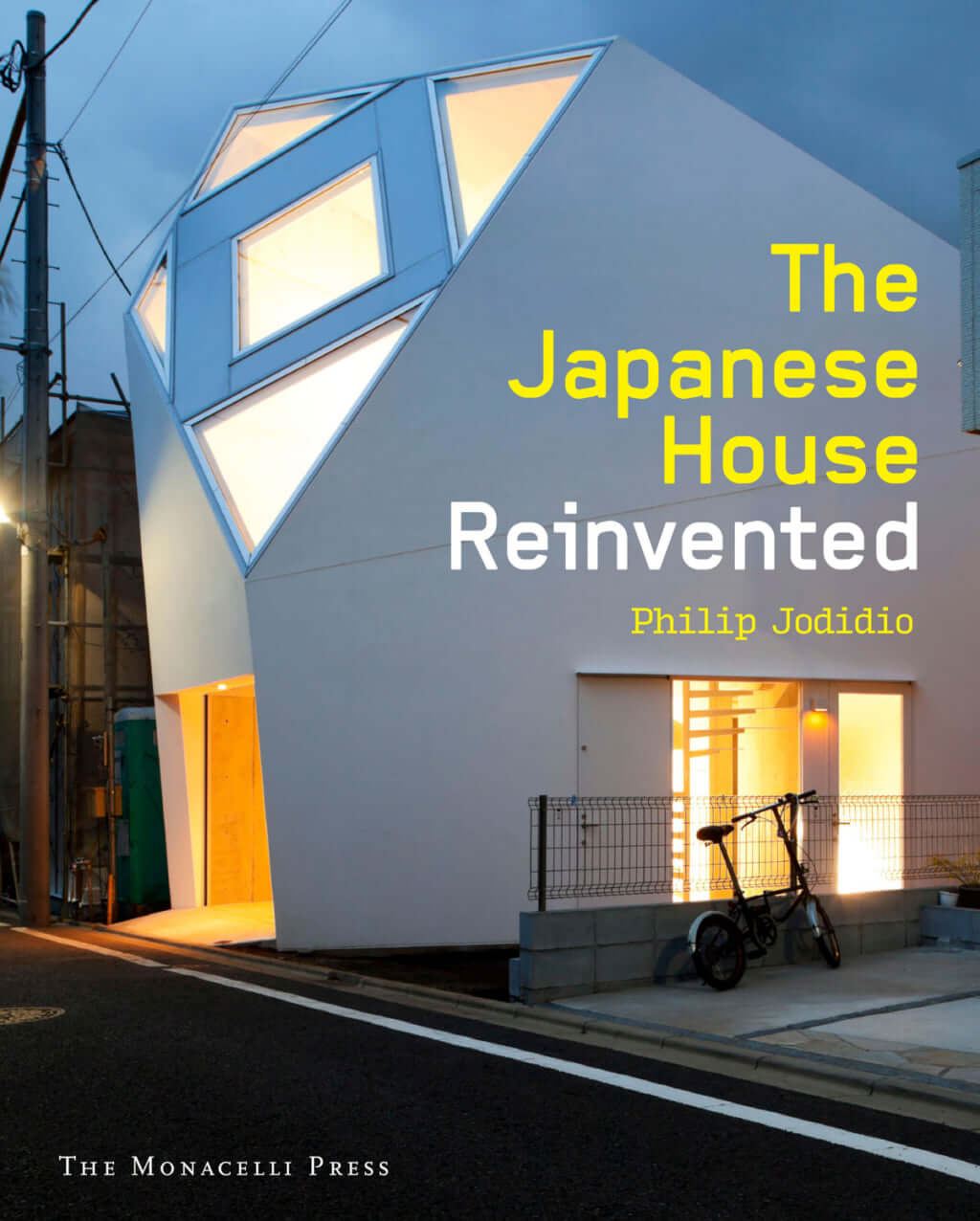The Modern Japanese Home, Withstanding Environmental Conditions
The ingenuity of architects in solving the country's climate- and crowding-related challenges is revealed in ‘The Japanese House Reinvented.’

House in Utsubo Park, Tadao Ando Architect & Assoc. © 2014 Shigeo Ogawa
Faced with crowded urban areas and the constant threat of earthquakes, Japanese architects have to consider extreme environmental factors when designing new buildings. These challenges encourage them to innovate tirelessly and to reinvent: this is the subject of the book The Japanese House Reinvented by Philip Jodidio, published in 2015.
The attention paid to materials, technologies, and the various ways of lighting the space as naturally as possible (while preserving privacy) are reflective of the new ways of designing living spaces—more resilient and more respectful of nature, in harmony with the exterior. This contemporary Japanese architecture acts as a model worldwide, particularly since Kenzo Tange received the prestigious Pritzker Prize in 1987.
The Japanese House Reinvented (2015), a book by Philip Jodidio, is published by Monacelli Press.

Tokyo House, A.L.X. Architect © 2014 Koichi Torimura

House of Density, Jun Igarashi Architects © 2014 Sergio Pirrone

Image courtesy of The Monacelli Press
TRENDING
-
A Rare Japanese Garden Hidden Within Honen-in Temple in Kyoto
Visible only twice a year, ‘Empty River’, designed by landscape architect Marc Peter Keane, evokes the carbon cycle.

-
Colour Photos of Yakuza Tattoos from the Meiji Period
19th-century photographs have captured the usually hidden tattoos that covered the bodies of the members of Japanese organised crime gangs.

-
Recipe for Ichiraku Ramen from ‘Naruto’ by Danielle Baghernejad
Taken from the popular manga with the character of the same name who loves ramen, this dish is named after the hero's favourite restaurant.

-
Modernology, Kon Wajiro's Science of Everyday Observation
Makeup, beard shape, organisation of cupboards and meeting places: all of these details decipher 1920s Tokyoites.

-
Hitachi Park Offers a Colourful, Floral Breath of Air All Year Round
Only two hours from Tokyo, this park with thousands of flowers is worth visiting several times a year to appreciate all its different types.





